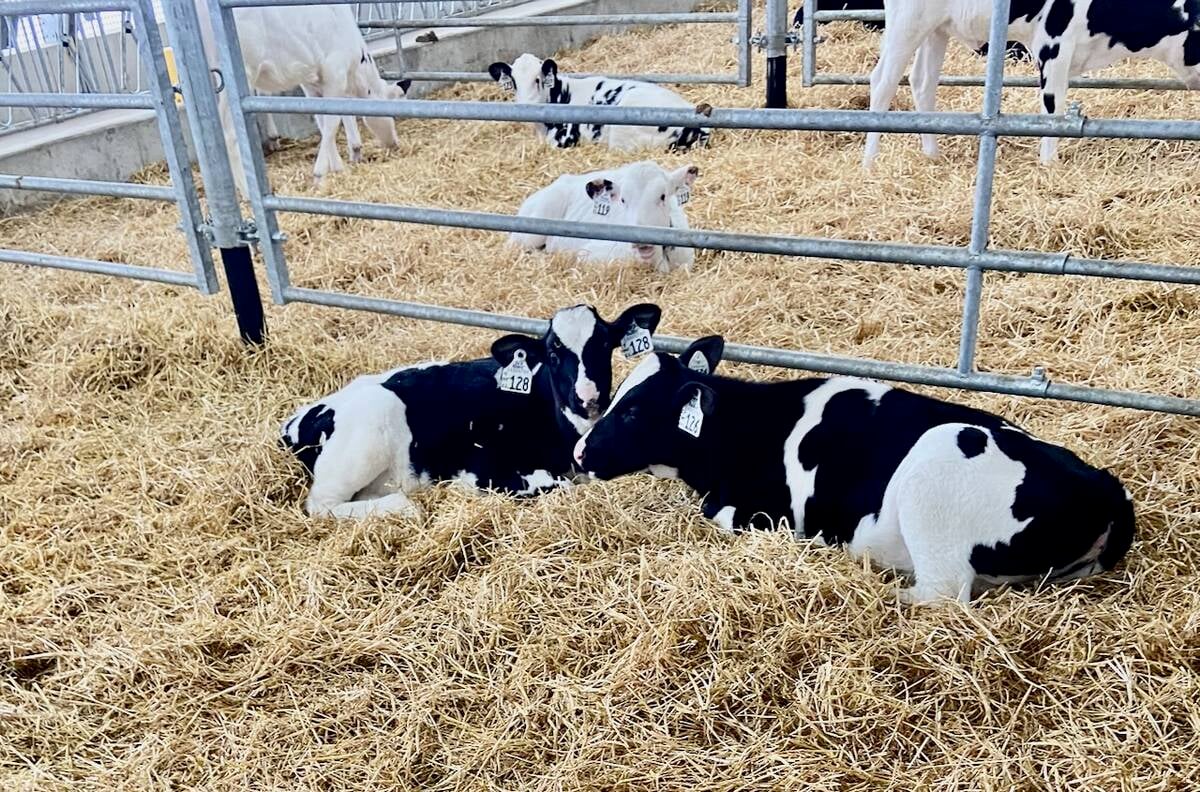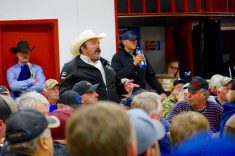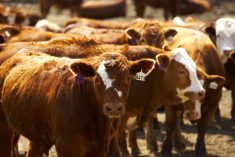Ranchers near Ste. Rose du Lac want the province to take another step back on Crown lands — although this change was initially heralded as a victory.
Manitoba Beef Producers (MBP) had welcomed the removal of a 4,800 animal unit month (AUM) cap from forage and grazing lease eligibility, one of a number of sweeping regulatory changes introduced by the province earlier this fall.
The regulations met with immediate anger, with producers criticizing the shorter lease lengths, lack of unit transfers and lack of renewals on new leases.
Read Also

Dairy calves need more colostrum
Canadian dairy researchers suggest feeding colostrum closer to 300 grams of immunoglobin G (IgC) in a calf’s first 12 hours.
Until now, however, MBP has treated the removal of the AUM cap as one of the bright notes of the new regulations. The group long argued that the cap did not reflect herd sizes needed for a viable ranch.
Producers in MBP District 12, however, now say they want a larger cap reinstated. Members passed a resolution for MBP to lobby the government for a 10,000 AUM cap on Nov. 5, 2019. Producers argued that the larger number would ease the herd size issue, while also protecting smaller operations from being overwhelmed by larger operations at auction.
The same resolution would limit the cap to Crown land only to further expand possible herd size before a producer would hit the cap. The prior cap counted a producer’s private and public land.
The proposed cap would allow a rancher to gain more private land and grow his or her herd that way without impacting their eligibility for Crown lands, proponents argued.
“There’s conflicting arguments on that one,” MBP president Tom Teichroeb said of the resolution, noting that previous consultations showed clear support for removing the cap.
He said there’s a sizable proportion of producers who don’t feel a cap is relevant anymore, and that it discriminates against producers who want to grow their operations.
“So, we felt that was a decision that we could endorse — that we wanted producers to be as successful as they possibly can, to have as many cattle on the land as we possibly can and that’s where we landed on that one,” Teichroeb said.
The motion passed with one objection, and will be put before MBP’s general membership during the group’s annual meeting in February 2020.
















